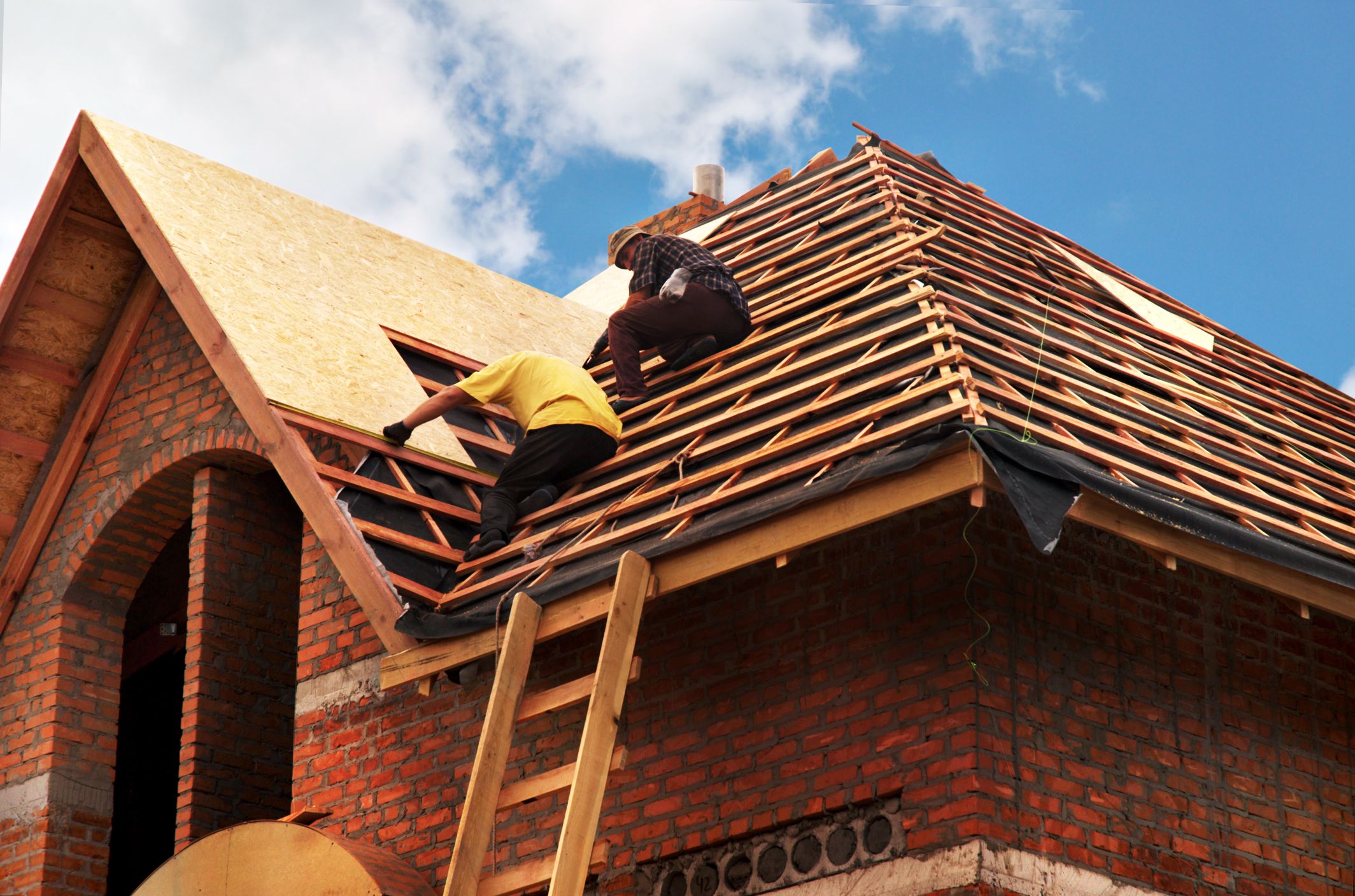How Long Should My Roof Last
The lifespan of a roof depends on several factors, including the type of material used, the quality of the installation, and the level of maintenance provided. Here is a detailed breakdown of how long different roofing materials typically last:
- Asphalt shingles: The most common roofing material used in North America is asphalt shingles. They typically last between 15 to 30 years, depending on the quality of the shingles and the climate conditions they are exposed to. Asphalt shingles in areas with extreme temperatures, high winds, or heavy precipitation may have a shorter lifespan.
- Metal roofing: Metal roofs are durable and long-lasting, with a lifespan of 40 to 70 years. They are also resistant to extreme weather conditions, such as heavy snow, high winds, and hail.
- Tile roofing: Tile roofs are popular in areas with a warm and dry climate. They can last for up to 100 years, but the underlayment, flashings, and other components of the roofing system may need to be replaced before the tiles themselves.
- Wood shingles and shakes: Wood shingles and shakes have a lifespan of 20 to 40 years, depending on the type of wood and the level of maintenance provided. They are more prone to damage from insects, moisture, and fire than other roofing materials.
- Slate roofing: Slate is a natural stone that can last for over 100 years. However, it is a heavy and expensive material, and it requires a skilled installer.
- Synthetic roofing: Synthetic roofing materials, such as rubber or plastic, can last up to 50 years. They are often less expensive than natural materials, and they offer similar durability and resistance to weather.
Factors that affect the lifespan of a roof:
- Quality of installation: A well-installed roof will last longer than a poorly installed one. Make sure to hire a reputable roofing contractor who has experience working with your chosen roofing material.
- Climate conditions: Extreme weather conditions, such as heavy rain, high winds, or snow, can shorten the lifespan of a roof. Regular maintenance and inspections can help identify and repair damage caused by weather.
- Level of maintenance: Regular maintenance, such as cleaning gutters, removing debris, and inspecting the roof for damage, can help extend the lifespan of a roof. Neglecting maintenance can cause small problems to become larger, more costly repairs.
- Roof slope and orientation: The slope and orientation of the roof can affect how quickly it ages. A flat roof is more prone to water damage, while a south-facing roof is exposed to more sunlight and UV rays.
- Roof ventilation: Proper ventilation can help reduce moisture buildup in the attic and prolong the lifespan of the roof.
In summary, the lifespan of a roof depends on several factors, including the type of material used, quality of installation, climate conditions, maintenance provided, roof slope and orientation, and roof ventilation. Regular maintenance and inspections can help identify and repair damage before it becomes a larger problem, extending the lifespan of your roof.
Category: Roofing Contractors
Related Articles
- Install a new roof what will it cost installation vs repair
- How long do roofs last How to save money
- Commercial Building Roof Leaks and Repairs - Replacement Costs 2
- What Is The Cheapest Roof To Install
- Roof Repair Contractors Finding the Best
- Information on the Roof System for Your House
- This is when you need to replace your roof
- Your Guide to Find the Best Roofers and What you Need to Ask Them
- Should Someone Mix Old Roof Shingles With the New Ones
- Hiring the Best Roofing Contractors for You
- Best Roofers near me Roofing Materials explained
- If my roof leaks do I need a whole new roof
- How much roofing do I need how to find out
- How To Choose The Best Roofer
- Choosing a quality roofing contractor How to do it
- When to Replace Your Flat Roof
Business News
Popular Posts
- Universal Pursuit of Happiness - Wisdom from World Religions
- Overcoming Ego and Self-Centeredness - Lessons from World Religions
- Transcending Materialism - Spiritual Practices from World Religions
- Overcoming Prejudice and Intolerance - Guidance from Global Faiths
- How Mind Balance Can Improve the Mindsets of Employees
- Interfaith Insights by 1WorldPeace - The Top 100 Universal Beliefs in Global Spirituality
- Bridging Beliefs - Finding Common Ground in Love and Respect
- The SmartGuy Vision - A United Future Through Interfaith Love and Respect
- A Cautionary Vision - The Grim Future of a Divided World Without Love and Balance
- A Tapestry of Faiths - Exploring the Common Threads in World Religions
- Fostering Harmony Among Christianity Islam Buddhism Hinduism and Judaism
- Preparing Kids for Adulthood - 15 Vital Skills They Wont Learn in School
- Navigating Diversity - Jerusalem's Tactical Approach to Interfaith Harmony
- Clearing Mental Plaque: The Path to Enhanced Communication and Divine Connection
- Why Return to Jesus Christ and the Church
- Top 50 Ways to Live Longer
- Adventurous Romance -The Key to Enhancing Relationship Chemistry
- Pork Tenderloin with Mustard Cream Sauce
- Navigating Technology and Media for Optimal Mental Well-Being
- Understanding the Link Between Mental Health and Substance Abuse
